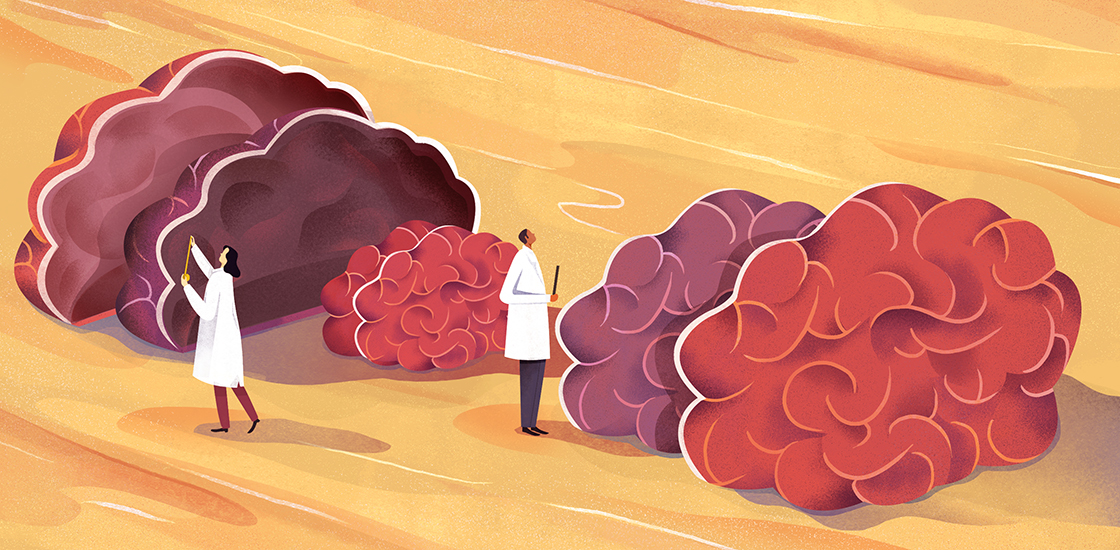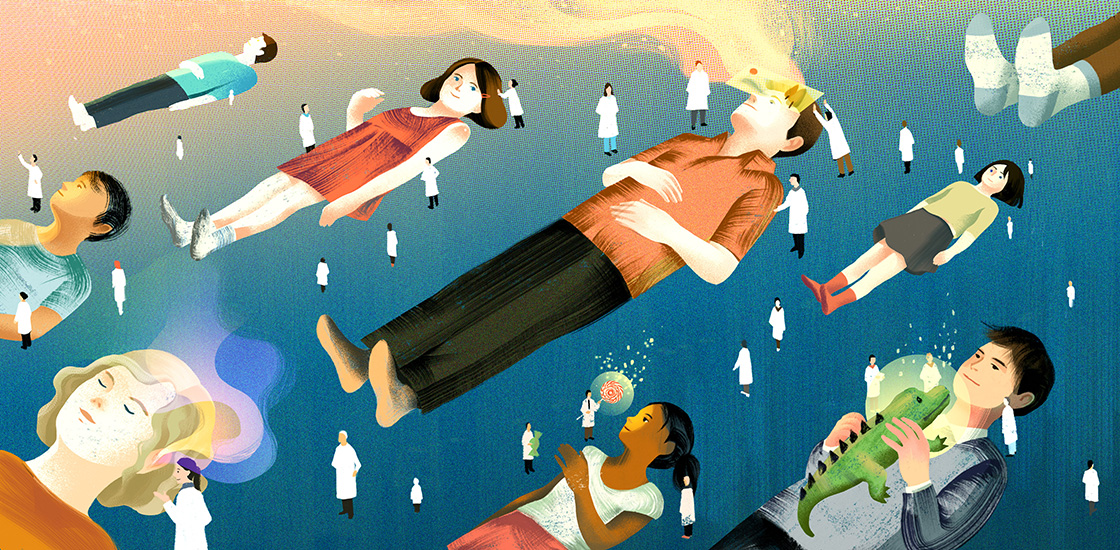Christine Wu Nordahl is professor of psychiatry and behavioral sciences at the University of California, Davis MIND Institute.

Christine Wu Nordahl
Assistant professor
University of California, Davis
From this contributor
Early brain enlargement augurs distinct form of autism
A minority of boys with autism have brains that are unusually large relative to their bodies — a trait tied to regression and intellectual disability.

Early brain enlargement augurs distinct form of autism
Questions for Nordahl, Mello: Scans for children with autism
Techniques used in behavioral interventions could help scientists scan the brains of children who have both autism and intellectual disability.

Questions for Nordahl, Mello: Scans for children with autism
Charting typical brain development
How can we characterize what is atypical when we don’t fully understand what typical brain development looks like, particularly under the age of 5? Christine Wu Nordahl explains the importance of scanning the brains of typically developing children.
Explore more from The Transmitter
Snoozing dragons stir up ancient evidence of sleep’s dual nature
Deep-sleep cycling between brain waves of higher and lower amplitude dates far back on the evolutionary tree, according to a new comparative study of mammals and reptiles.
Snoozing dragons stir up ancient evidence of sleep’s dual nature
Deep-sleep cycling between brain waves of higher and lower amplitude dates far back on the evolutionary tree, according to a new comparative study of mammals and reptiles.
The Transmitter’s most-read neuroscience book excerpts of 2025
Books by Nachum Ulanovsky, Nicole Rust, and Andrew Iwaniuk and Georg Striedter made the list of some of the year's most engaging neuroscience titles.

The Transmitter’s most-read neuroscience book excerpts of 2025
Books by Nachum Ulanovsky, Nicole Rust, and Andrew Iwaniuk and Georg Striedter made the list of some of the year's most engaging neuroscience titles.
Neuroscience’s leaders, legacies and rising stars of 2025
Here are seven stories from the past year about some of the field’s most engaging figures.

Neuroscience’s leaders, legacies and rising stars of 2025
Here are seven stories from the past year about some of the field’s most engaging figures.
